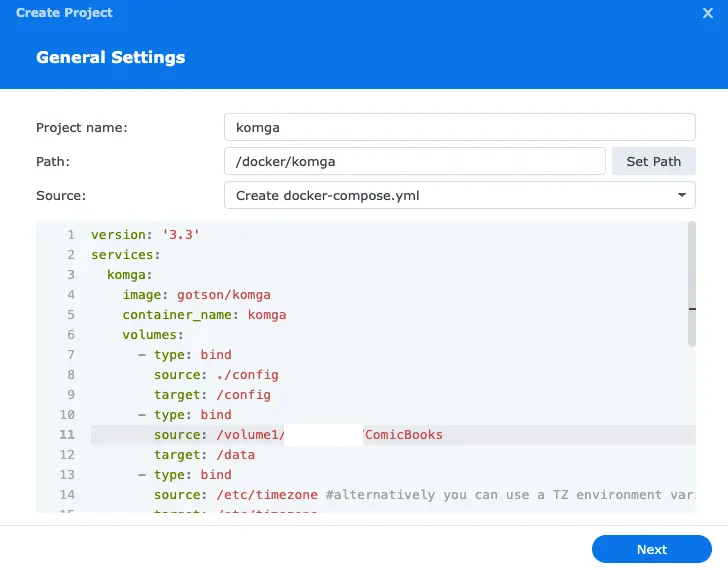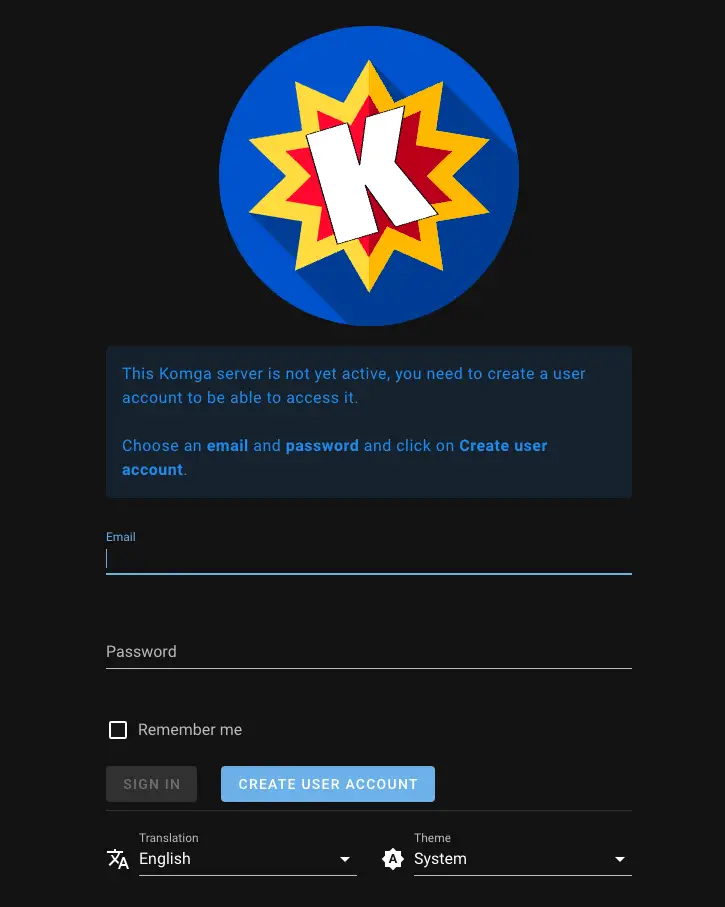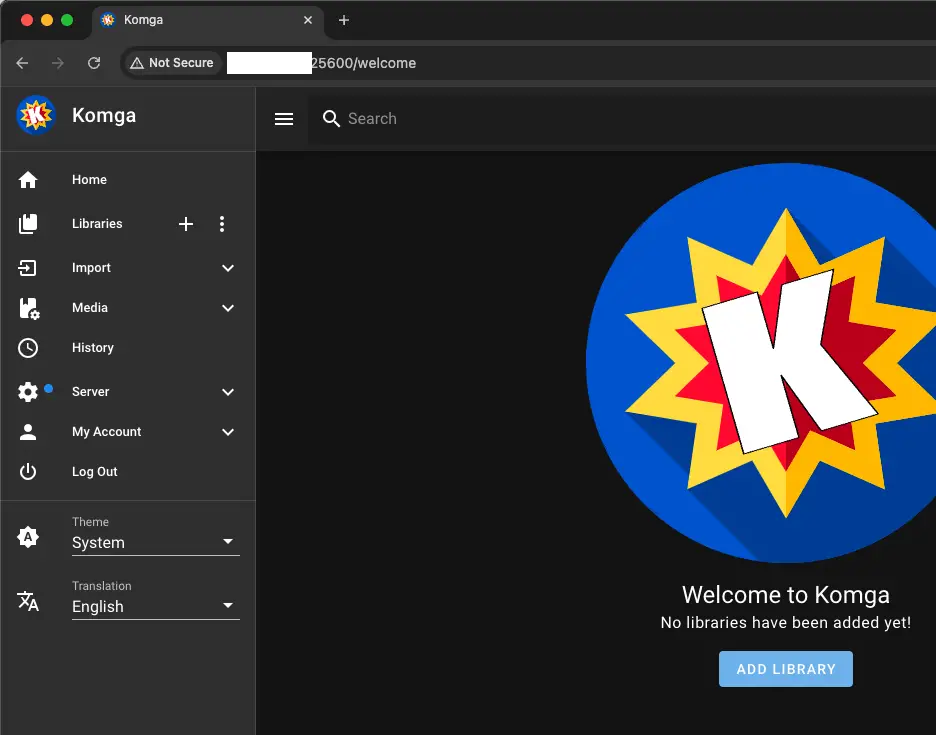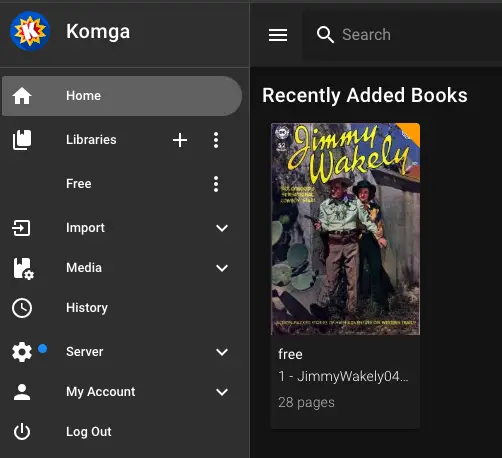Kaizen
Kaizen is a Japanese term that refers to the practice of continuous improvement. It’s a management strategy focusing on small, incremental changes to processes and procedures to improve efficiency and effectiveness. Kaizen is often implemented in manufacturing and other business settings, and it is based on the idea that everyone in an organization should be involved in constantly looking for ways to improve the way things are done.
The Origin of Kaizen
The origins of Kaizen can be traced back to post-World War II Japan. After the war, Japan was in a state of economic devastation, and the government sought ways to rebuild the country. One of the key strategies was to focus on improving productivity and efficiency in manufacturing. This led to the development of new management techniques, including Kaizen, which was first implemented in the manufacturing sector by companies such as Toyota.
Masaaki Imai first used the term Kaizen in his 1986 book “Kaizen: The Key To Japan’s Competitive Success.” The book was based on Imai’s observations of how Japanese companies could improve their productivity and competitiveness by implementing continuous improvement practices.
The success of Kaizen in Japan during the post-WW2 period, and later on the success of Japanese companies like Toyota in the automobile industry, led to the wide adoption of Kaizen as a management strategy in other parts of the world, especially in manufacturing and service sectors.
The Benefits of Kaizen in Business

There are several benefits of implementing a Kaizen approach in an organization. Some of the key benefits include:
-
Increased efficiency and productivity: By continuously looking for ways to improve processes and procedures, Kaizen helps organizations eliminate waste and inefficiencies, which leads to increased productivity.
-
Improved quality: Kaizen focuses on identifying and eliminating the root causes of defects and quality issues, which leads to improved quality in the final product or service.
-
Increased employee engagement: Kaizen encourages employees at all levels of the organization to participate in the improvement process, which leads to increased engagement and a sense of ownership over their work.
-
Cost savings: By reducing waste and inefficiencies, Kaizen helps organizations to save money on materials, labour, and other resources.
-
Flexibility: Kaizen helps organizations to be more adaptable and responsive to changing market conditions and customer needs.
-
Competitive advantage: Kaizen helps organizations to improve their competitiveness by increasing efficiency, reducing costs and improving quality.
-
Safety: Kaizen also improves safety in the workplace by eliminating hazards and improving working conditions.
-
Sustainability: Kaizen promotes sustainable development by reducing waste and pollution and by conserving resources.
It’s important to note that Kaizen is a long-term commitment and requires a culture change, it needs time to take effect and bring in benefits.
The Benefits of Kaizen in Personal Life
Kaizen can be applied to personal productivity by focusing on small, incremental changes that improve efficiency and effectiveness. Here are a few ways you can use Kaizen to improve your personal productivity:
-
Break down large tasks into smaller, more manageable tasks: By breaking down large tasks into smaller, more manageable tasks, you can focus on making progress on one task at a time and avoid feeling overwhelmed.
-
Prioritize tasks: Identify the most important tasks that need to be completed and prioritize them based on their level of importance.
-
Eliminate distractions: Identify the sources of distractions that affect your productivity and work to eliminate them.
-
Measure progress: Keep track of your progress and measure the results of your efforts to improve your productivity.
-
Continuously improve: Constantly look for ways to improve productivity by experimenting with different tools, methods, and techniques.
-
Get feedback: Ask for feedback from others; it can help you identify areas where you can improve and make necessary adjustments.
-
Reflect and adjust: Reflect on your progress regularly, assess what worked well and what didn’t, and make adjustments accordingly.
-
Be consistent: Consistency is key in your effort to improve your productivity.
It’s important to note that Kaizen should be applied to personal productivity with care; it should not lead to burnout or diminish the quality of life.
Similar Methodologies
Several other productivity methods share similarities with Kaizen. Some of the most popular ones include:
-
Lean: Lean is a methodology similar to Kaizen in that it focuses on eliminating waste and inefficiencies to improve productivity. Toyota developed it, and it is based on the principles of flow and pull production, which helps to minimize waste and improve efficiency.
-
Six Sigma: Six Sigma is a quality management methodology that focuses on identifying and eliminating defects in order to improve quality. It uses data and statistical analysis to identify the root causes of problems and to implement solutions.
-
Agile: Agile is a project management methodology based on the principles of flexibility, responsiveness, and continuous improvement. It is commonly used in software development, and it encourages teams to work in short cycles (sprints) and continuously improve based on feedback.
-
Scrum: Scrum is an Agile methodology for managing projects; its focus is on delivering working software incrementally, through cross-functional teams, with a self-organizing approach and frequent inspection and adaptation.
All these methodologies and techniques have their own unique characteristics, and they can be used in different contexts. Still, they share the idea of continuous improvement and using data, feedback, and experimentation to drive progress.
Conclusion
In this article, you learned about the principles of Kaizen. Rome was not built in one day. You should always target to improve yourself one day at a time. Eventually, when you achieve your goals, you will look back and see how much difference small but steady improvements can make in the long term.







